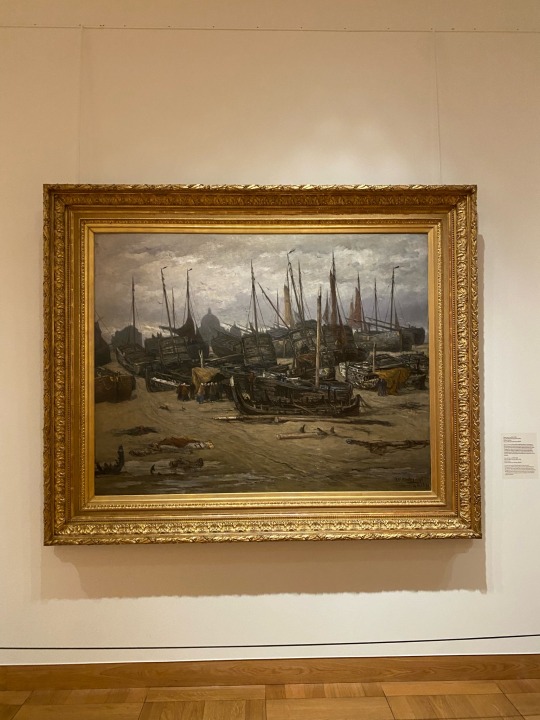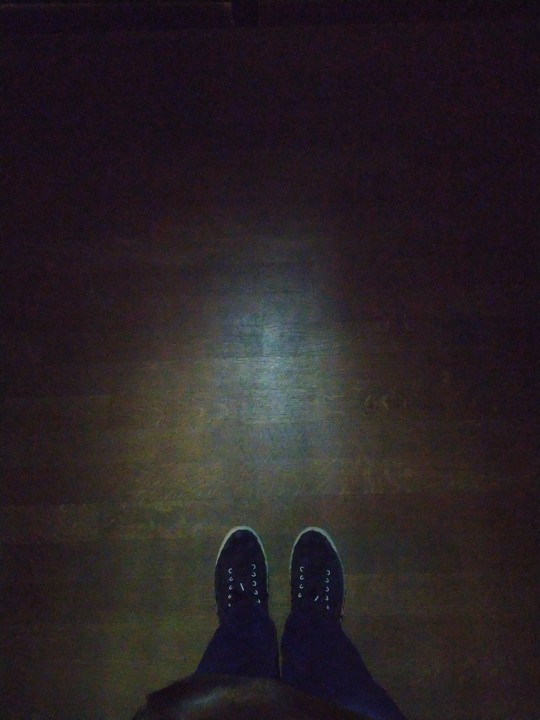#Mesdag
Text
"Maar ik troost er mij mee, dat 't beter is om te worden bestreden dan … genegeerd"
Soms doe je een ontdekking en heb je er plots een vrouwelijke schildersheld bij. Dat overkwam me onlangs in Panorama Mesdag. Want die Suze Robertson (1855-1922) was een dijk van een kunstwijf. Lees en kijk maar in TOOS&ART. #kunst #art #expositie
De wonderbare kronkelwegen der kunstgeschiedenis. Die kwamen hier vorige week al ter sprake vanwege ‘Vermeer’ in het Rijksmuseum. En nu spelen ze opnieuw een rol.
Suze Robertson in haar atelier
Begin deze eeuw kwam ik haar naam + kunstplaatje voor ‘t eerst ergens tegen. Maar vraag me niet meer hoe of wat, geen idee. Drie jaar geleden zag ik voor het eerst in werkelijkheid één schilderij van…

View On WordPress
#Charley Toorop#De moderne vrouw#Den Haag#dijk van een wijf#expressionisme#George Breitner#Haagse School#icoon#impressionisme#Isaac Israels#kunstacademie#kunstgeschiedenis#kunstkoper#Laren#Mesdag#Mondriaan#museum Singer#Panorama Mesdag#Pulchri Studio#Richard Bisschop#Rijksmuseum#Suze Robertson#tekentalent#Toegewijd. Eigenzinnig. Modern.#Vermeer
2 notes
·
View notes
Text
Sous les feux de la rampe
This is about a rather exceptional 19th century couple, Sientje and Hendrik Willem Mesdag. Both talented artists AND art collectors. The Mesdag Collection, worth a visit!
Le couple Mesdag, artistes et collectionneurs exceptionnels
Top
English summary : click here
Hendrik Willem Mesdag, Brisants en mer du Nord, 1870. Médaille d’or au Salon de Paris.
” Sans lui, je ne serais certainement pas devenue peintre. Et probablement, lui ne serait pas devenu peintre sans moi.”
Ces paroles sont de Sientje Mesdag, née Van Houten (1834-1909). Sa vie commence dans la ville…

View On WordPress
#art#Collection Mesdag#Dutch impresiionism#Ecole de La Haye#exposition#Haagse School#Hendrik Willem Mesdag#impressionnisme#La Haye#Mesdag#Mesdag Collectie#painting#Pays-Bas#peinture#Sientje Mesdag-Van Houten#The Hague School#vaut la visite#worth a visit
1 note
·
View note
Text

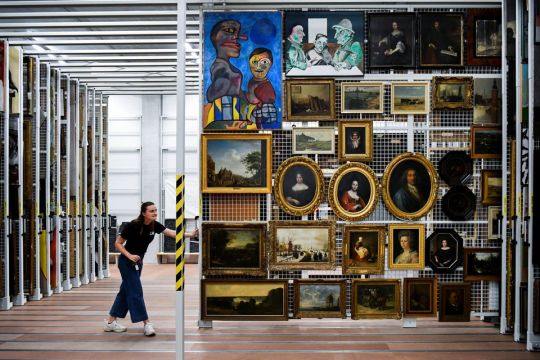

A painting of fishing boats in a cloudy sky hung on the wall of the Dutch parliament for at least two decades, loved by politicians who paid little attention to where it came from.
Currently, specialists are investigating the possibility that the 19th-century masterwork "Fishing Boats off the Coast" by Hendrik Willem Mesdag was looted by the Nazis.
It is a component of a recent evaluation of the art in Dutch museums and public spaces, which follows prior efforts to get stolen objects returned to their rightful owners by the government-backed Restitutions Committee, which has monitored reviews of several pieces of art since 2001.
In an effort to recover more property, primarily taken from Jewish families, the Cultural Heritage Agency of the Netherlands, which is responsible for the protection and conservation of artefacts that were returned to the Netherlands from Germany after World War Two, is expanding the definition of looted art.
"There is no free will if a family had to sell something to be able to flee to a safe country," spokesperson Dolf Muller said.
The agency's study team will look into 3,500 items over the course of four years, 1,700 of which are paintings.
"The investigation isn't easy," said senior advisor Perry Schrier, likening the work to 80-year-old cold cases.
In 1941, a year after Nazi Germany invaded the Netherlands, the picture known as the Mesdag was sold by an unidentified seller through an auction house in The Hague.
After the war, it was found in Germany and transported back to the Netherlands, but study methods at the time were unable to determine where it came from.
Researchers now have access to cutting-edge equipment, improved archives, digitised old newspapers, and cameras that can find nearly invisible text, according to Schrier.
The Mesdag painting is being held in a carefully guarded storehouse in the meantime.
According to Schrier, a small-looking label that was found on the back of the picture and mentions the "Villa Erica" auction house may hold the key to identifying the original owner.
"This makes my research heart beat faster," he said.
If there is evidence that there was a forced sale, the heirs, if discovered, may be able to get their hands on the artwork.
"There are not many people of the first generation left," Schrier said. "We are mostly in touch with the second, the third, or even the fourth, generation." But for each family, the sentiment of receiving back looted art cannot be underestimated, he added.
#dutch#netherlands#mesdag#painting#arwork#germany#trending#looted art#auction house#follow#explore#explorepage#viral#home#likesforlike#instagood#instanews#instagram#insta
1 note
·
View note
Text

Hendrik Willem Mesdag - Sunset with shrimp fishermen (ca. 1900s)
254 notes
·
View notes
Photo

Return of the Fishing Fleet, Hendrik Willem Mesdag
282 notes
·
View notes
Photo










“Kuba Sidem,” Alas Sidem, Payangan, Gianyar area, Bali,
Ayu Purpa & Sebastian Mesdag’ Home
#art#design#architecture#interiors#tropicalhouse#tropical#millwork#bali#payangan#gianuar#alas sidem#kuba#kuba sidem#ayu purpa#sebastian mesdag#nature
377 notes
·
View notes
Photo

“Kuba Sidem,” Alas Sidem, Payangan, Gianyar area, Bali,
Ayu Purpa & Sebastian Mesdag' Home
#art#design#steps#gardens#landscaping#stairway#kuba sidem#alas sidem#bali#tropical#ayu purpa#sebastian mesdag#wabisabi#bohemian chic#stairs#stones#stairwell
160 notes
·
View notes
Photo
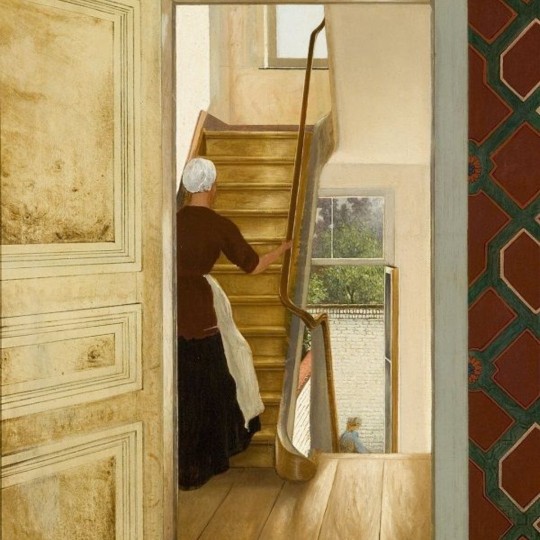
Hendrik Willem Mesdag (NL 1831-1915)
Interior With Stairs
70 notes
·
View notes
Photo
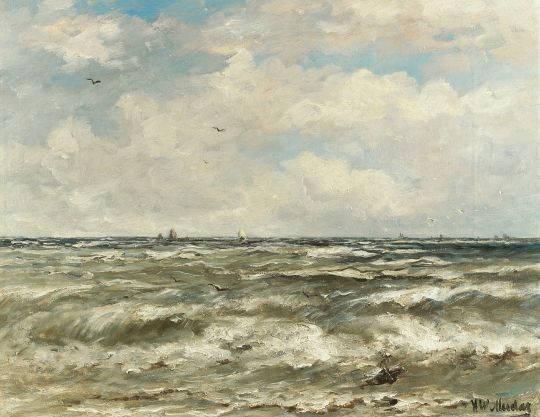
On Open Water - Hendrik Willem Mesdag , n/d.
Dutch, 1831-1915
Oil on canvas, 40,2 x 51,3 cm,
155 notes
·
View notes
Text
De Vrouwelijke Kunstenaars Blijven Oprukken: deel 2
Geen ontkomen aan, de vrouwelijke kunstenaars uit het verre en recente verleden blijven oprukken. Lees hier maar het verhelderende 2e deel van Toos van Holstein haar verhaal daarover in TOOS&ART #art #kunst #expo
Vorige week beloofd, dus ik blijf nog even hak-tak-hak heen en weer springen over ‘de vrouw in de kunst’. Aan de hand van die twee tentoonstellingen ‘De Nieuwe Vrouw’ in museum Singer (Laren) en ‘Vrouwenpalet 1900-1950’ in de Rotterdamse Kunsthal (tot 10 april) en vanwege die onstuitbare opmars van de vrouwelijke kunstenaars uit het verre en nabije verleden. Waarvan dan weer die twee exposities…

View On WordPress
#Alida Pott#Charley Toorop#Charlotte van Pallandt#De Nieuwe Vrouw#Den Haag#Else Berg#Jacoba van Heemskerck#koningin Wilhelmina#kunstacademie#Kunsthal#kunsthistorie#Laren#Linda Nochlin#Lou Loeber#museum Singer#Panorama Mesdag#Rijksmuseum#Rotterdam#Stedelijk Museum Amsterdam#Suze Robertson#Thérèse Schwarze#Vrouwen op papier#Vrouwenpalet 1900-1950#Why Have There Been No Great Women Artists
2 notes
·
View notes
Text
New home decoration just dropped
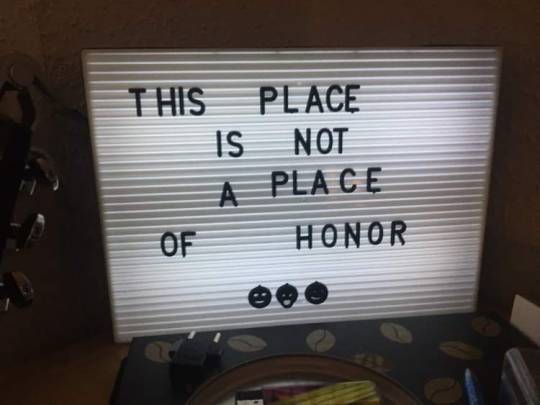
5 notes
·
View notes
Text
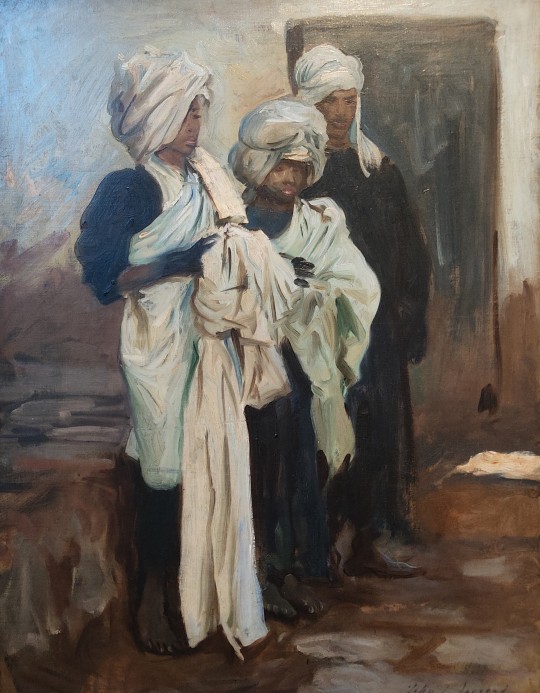
mesdag collectie, den haag
1 note
·
View note
Text
The Whisperers by Milo van Mesdag
============= Links
Play the game (IFComp)
See other reviews of the game
============= Synopsis
The year is 1938, two newcomers have just arrived at their new home: a communal apartment in Moscow, the beating heart of Soviet power. But what will they make of their new lives? And what will their neighbours make of them? The Whisperers is a story of love, revolution, belief, and the choices ordinary people make in extraordinary times.
Or: the year is 1938 and you have arrived at your local soviet sponsored theatre, ready for a play lauded by the agents of the Department of Agitation and Propaganda as "the first truly socialist play", in which the audience, the people, decide the course of events.
Or: The Whisperers is a script for an interactive play, loosely adapted into a piece of written interactive fiction (while also featuring an annotated version for the ease of use of prospective directors and actors).
============= Other Info
The Whisperers is a Twine(SugarCube) game, submitted to the 2023 Edition of the IFComp.
Status: Completed
Genre: Historical
CW: Physical violence. Mention of executions. Mention of Holodomor (genocide by engineered famine)
============= Playthrough
Played: 7-Oct-2023
Playtime: around 1h
Rating: - [IFComp vote]
Thoughts: We all play a part...
============= Review
The Whisperers is an interactive game set in the late 30s Soviet block, where you are an audience member of an interactive "propagandist" play, of three "families" living inside a paper-thin-walled apartment. Throughout the story, you are asked for your opinion on how the play should continue. There are essentially 3-ish possible endings.
Spoilers ahead. It is recommended to play the game first. The review is based on my understanding/reading of the story.
I personally hate plays where the audience needs to take an active part of the story, where immersion is broken because the audience must have a say. But as an interactive game, I've quite enjoyed it! The active participating is not only welcomed, but adds another layer of intrigue into the story (at least in this case). The awkwardness of waiting for the play to start again is not there, as the passage loads right after your choice is made.
As for the story, a morality take in two acts, it made me think of those typical contemporary French plays happening within an apartment, where miscommunication and personal drama becomes the crux of the issue. While it is not as vaudevillian, with the play set in Soviet Russia during Stalin's regime, it is nonetheless cynical in its treatment of its characters. No one is good, no one is bad, everyone is stuck in their own situation (and some are maybe a bit stupid*).
*the characters felt at times a bit flat, or a bit preachy in how they discuss some topics.
If you take it at face value, it's a pretty neat experience; and if you look deeper into it, it shows off the extensive research on the setting and the length taken to portray its intricacies, the horrors, and the hopes. It felt a bit like a commentary of the period. The play is fairly fast paced, and doesn't overstay its welcome, ending just at the climax. The interactiveness of it is fun, with your choice mattering or being disregarded (depending on the mode played) -- it could have been fun to learn whether these choices affected your position.
I found the hidden ending to be the most fun one.
But, I did have some issue with the formatting of the text itself. While I appreciated the inclusion of formatting options, with palette themes and text font/size*, it made it obvious when an aspect was not customised (link colour not contrasted enough, popup). But that's a detail compared to...
*it might have fitted more inside a Setting popup, the buttons' colours were too eye-catching.
... the passages not looking like an actual script. From the blurb to the game itself, it was clear we were meant to look forward to a play on our screen. But the text is vaguely formatted like one: the Act is centred on the page, but not the scenes or the character's names; the actions or voice level* are made obvious in brackets, but end up feeling lost inside dialogue (especially in the Guide's and Sergei's monologues)... It might seem like a detail, but the essence of playwriting felt a bit lost because of it?
*the whispering aspect kinda felt like an afterthought after the first scene? The voice level of the characters didn't seem to matter much in further conversations...
Visual friction aside, this was neat.
1 note
·
View note


